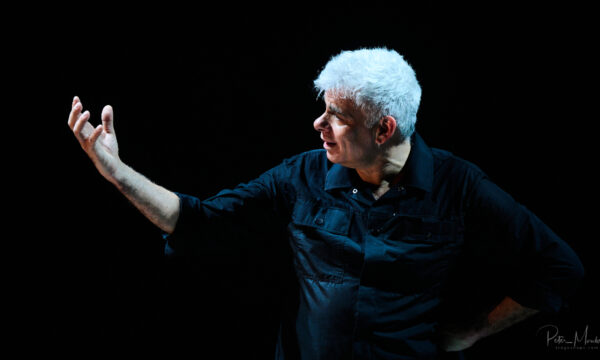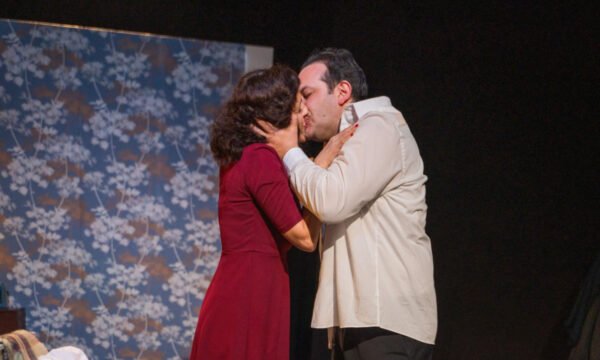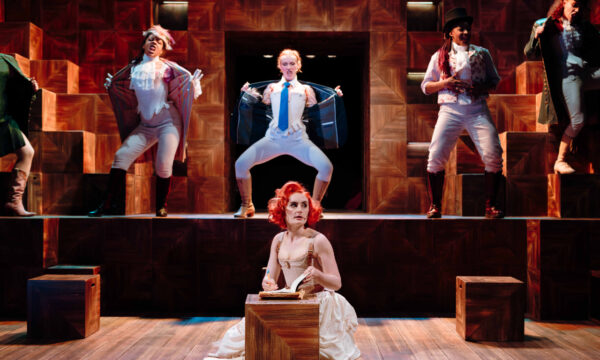A Midsummer Night’s Dream: A Play for the Nation at the Barbican

Of all of Shakespeare’s plays, A Midsummer Night’s Dream is perhaps the one that sets the fewest limitations on the imagination. The story famously brings to life a magical world where two couples’ affections for each other are muddled up by magic potions and the clumsy intervention of the mischievous sprite Puck. This RSC production is set in 1940s post-war Britain, a period laden with heavy connotations that are somewhat at odds with the light-heartedness of Shakespeare’s comedy. The reason behind this choice is to portray a time of radical change that would make the audience better understand the state of Athens as depicted by Shakespeare. This is a nice touch by director Erica Whyman but the connection is perhaps too subtle to be immediately grasped and the change can seem random and irrelevant without knowledge of the rationale.
The most noteworthy feature of the production is that the mechanicals, who are the manual workers performing Pyramus and Thisbe as a play-within-the-play, are themselves amateur actors, and their scenes provoke a great deal of hilarity. Meanwhile, although the narrative develops around the central quartet of lovers, Shakespeare does not assign them strong roles and they almost act as one unit. However, there is room for humour in their exchanges that is not fully taken advantage of, and the lack of chemistry between the four makes their infatuation for one another unconvincing.
Lucy Ellinson is charming and endearing as the airy sprite Puck. She brings an innocence to the role that calls to mind mime artists as she goes around causing havoc in her tuxedo and top hat. John Chapman handles the role of Nick Bottom with great command and manages, with the rest of the mechanics (all belonging to the Tower Theatre company), to enrapture the audience and end the show on a high note.
The set consists of little more than a broken wall and a piano as the key prop. The atmospherically lit stage has a haunting beauty but it is perhaps too sombre. Considering that the play boasts an enchanted wood animated by fairies, the toning down of the surroundings, while in line with the period change, falls short of magical.
Erica Whyman’s production is an interesting take on the play and it has moments of irresistible cheer. It is also an ambitious project offering many non-professional actors the opportunity to perform with a leading company. The result of this experiment, far from being shaky, sees the amateur actors not only blend seamlessly in the play but almost steal the show at the end. This feat alone is worthy of note as it proves that there is plenty of room for inclusion in theatre and that it is indeed for everyone.
Mersa Auda
A Midsummer Night’s Dream is on at the Barbican Theatre from 17th until 21st May 2016, for further information or to book visit here.


















Facebook
Twitter
Instagram
YouTube
RSS